The never-ending debate between AMD and Intel, the red and blue giants, continues to captivate tech enthusiasts. Each brand has its unique strengths and weaknesses, catering to different consumer preferences and purposes.
It’s essential to consider the target market for each company’s processors, ensuring they match the user’s needs. Some favor Intel for its gaming prowess, while others lean towards AMD for its affordable options and integrated graphics capabilities.
Disclaimer:
The views expressed in this article are purely the author’s opinions, with no intention to denigrate or harm any party. The goal is to assess computer component standards based on the best price-to-performance ratio.
AMD vs Intel, Assessing Their Merits
The much-anticipated battle between AMD and Intel continues to captivate everyone. Without such competition, technological advancements might stagnate.
Comparing Their Performance
In the race between AMD and Intel, it’s crucial to evaluate their performance. Gamers, hobbyists, and enthusiasts understand the significance of this comparison.
Intel: The Gaming King
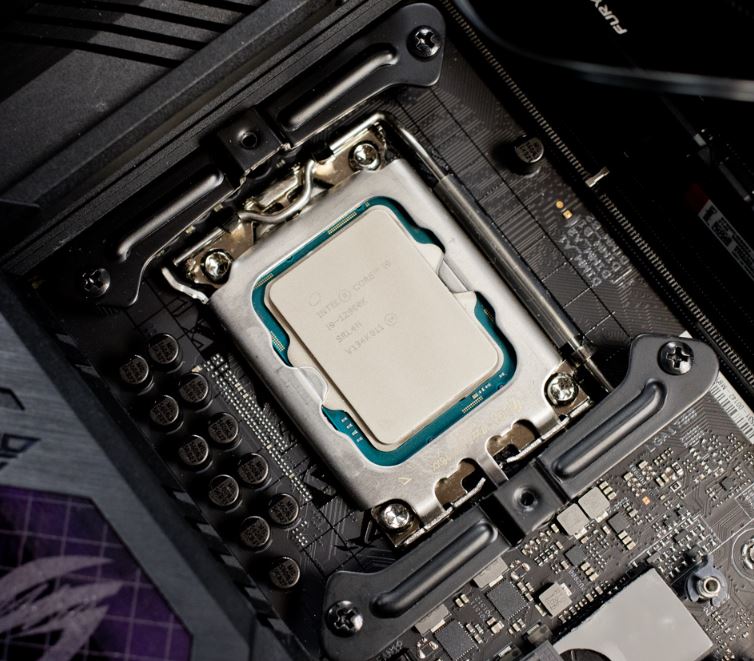
Intel, represented by the blue camp, has an unshakable reputation, especially in the high-end market. Their high-end processors consistently dominate benchmark leaderboards.
With each rivalry, Intel continues to enhance its latest processor’s capabilities. The 10th generation, codenamed Comet Lake, saw an increase in core and thread count to compete with its rival.
Intel relentlessly pushes the boundaries of performance. The 12th generation, Alder Lake, stands as one of their triumphs, offering a hybrid architecture. This generation introduces Performance Cores (P-Core) and Efficiency Cores (E-Core), each optimized for different usage scenarios.
However, these high-performance capabilities are limited to high-end processors. Comparing mid-range processors is more complex, as the significant performance leap often occurs with models like i5-11600K vs. i5-12600K.
For entry-level processors, even in the latest generations, Intel appears to have reached a plateau with little significant improvement. They seem to be playing it safe. Their lowest-tier processors still feature dual-core to quad-core configurations with twice the number of threads.
AMD: The iGPU Specialist
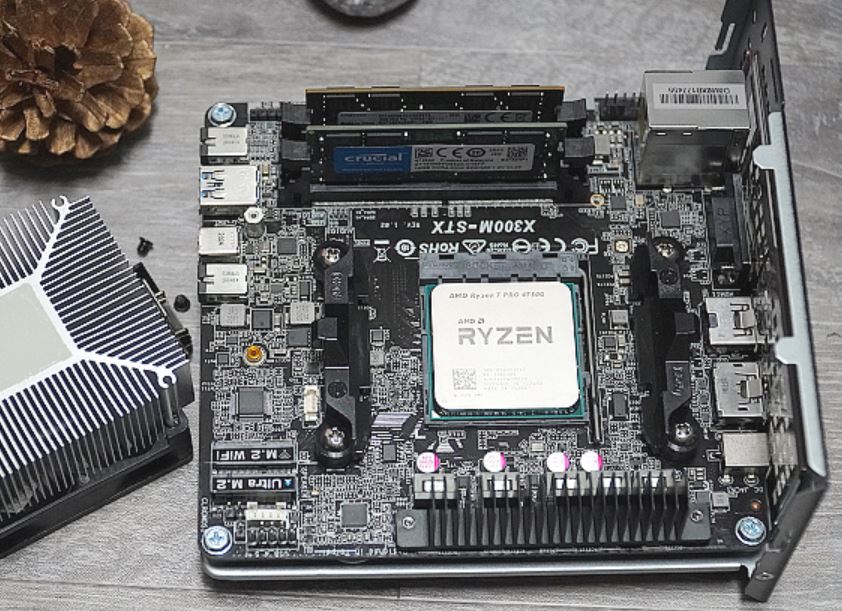
Represented by the red camp, AMD has risen in popularity with the introduction of Ryzen processors. AMD processors are known for their integrated graphics (iGPU) capabilities, providing reliable performance for casual gaming at affordable prices. AMD caters more to the budget-conscious consumers.
AMD’s dominance is evident in the entry-level and mid-range segments. Their products target users with limited budgets for building computers.
In some cases, even high-end users prefer AMD due to their competitive prices compared to Intel’s offerings at the same price points. AMD processors offer more cores and threads with undisputed performance.
However, AMD’s processor capabilities are limited to a certain extent. They are mostly suitable for less demanding computational tasks or for those seeking the best price-to-performance ratio within their budget.
As a result, gamers and creators with limited budgets often prefer building PCs with AMD processors. Besides being more budget-friendly, AMD’s processors with integrated graphics have graphics processing capabilities comparable to the GT 1030 2GB DDR5, making them adequate for work and handling games like Genshin Impact.
Evaluating Their Value
Evaluating the value of each brand, particularly concerning upgrade ease, is a more specific and sensitive topic often overlooked during computer builds.
Intel: The Easiest to Upgrade?
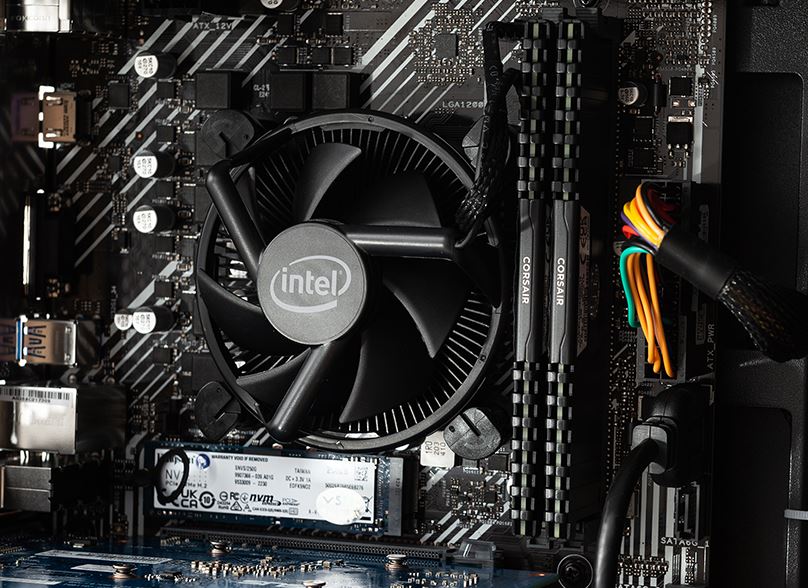
Encouraging users to upgrade is beneficial, but only when done reasonably. How does Intel handle this aspect? From our perspective, Intel falls short in executing this strategy. Observing Intel’s tactics reveals their approach.
Within a year, new motherboards are released with additional features. In two years, new processors and sockets emerge, necessitating users to buy new motherboards as well.
Some may not mind this, but for users who have saved up and feel overwhelmed by the launch of newer products with more complete features, it’s a different story. Trying out new features like PCIe 5.0, for instance, requires purchasing new processors and motherboards.
Backward compatibility becomes pointless as users are interested in the speed and bandwidth offered, not just whether it’s “possible” to use it. BIOS updates merely provide support for processors with the same socket on supported motherboards. This means that to utilize the new motherboard’s features, users must buy them, leading to spending money again just to experience new features.
Thus, in terms of value, Intel is less suitable for users planning future upgrades, particularly with processors. Feeling that money spent becomes “wasted” after only two years can be disheartening.
AMD: The Most Sustainable?
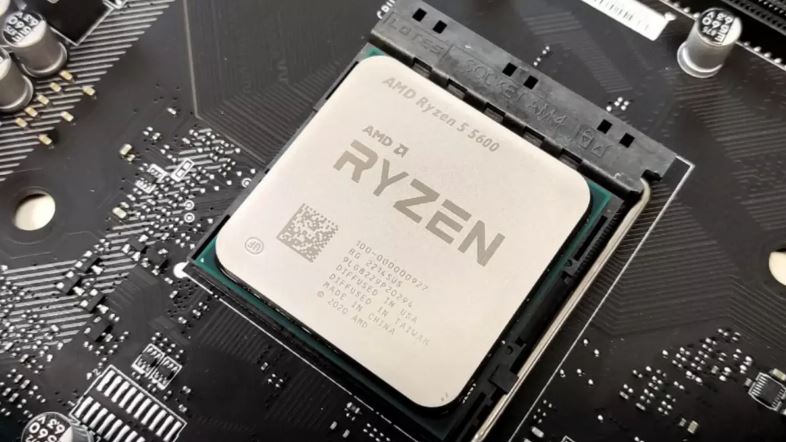
Regarding sustainability, AMD stands out by providing long-term support. Since the launch of the AM4 platform in 2017, AM4 processors remain relevant, even as this article is written.
Sustainability is essential for gamers and creators, providing ease when upgrading in the future with their existing setup.
Most gamers and creators recommend building computers with AMD processors due to the convenience they offer for upgrades. Features introduced are implemented consistently, not just mere annual gimmicks subtly pushing users to upgrade.
For instance, B450 was launched in 2018 with PCIe 3.0 and support for memory speeds up to DDR4 3,600MHz. In 2020, B550 was released with PCIe 4.0 and support for memory speeds up to DDR4 5,300MHz.
Although they require Ryzen 3000 processors and a B550 motherboard, this upgrade option is more “reasonable” compared to forcing users to upgrade all components.
So, Which Reigns Supreme in 2023?
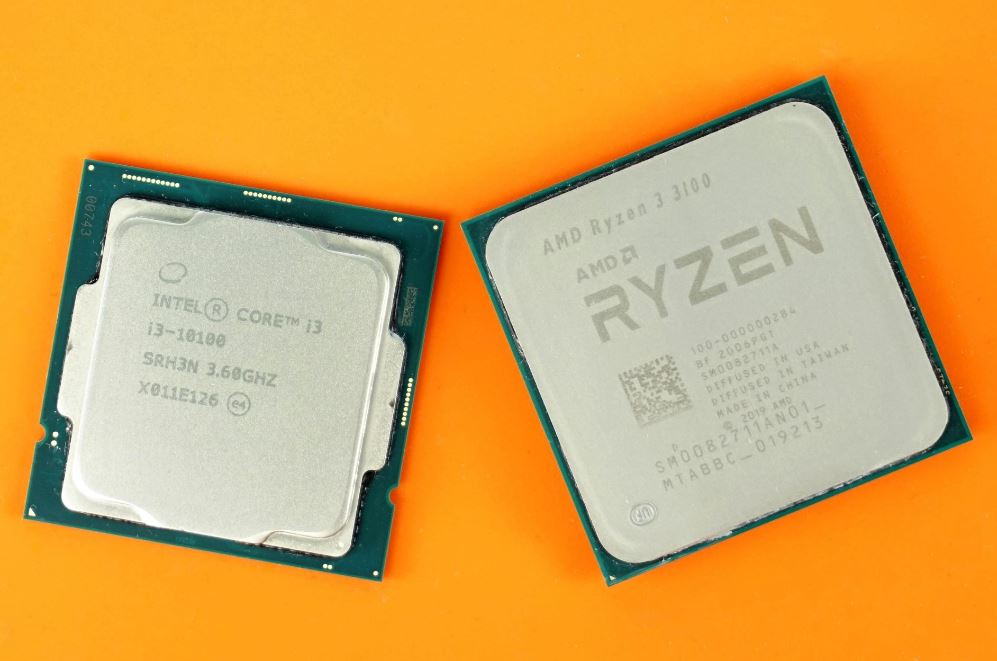
Providing a definitive answer is challenging. Though the author uses both brands, AMD and Intel serve different purposes and target diverse markets, making it hard to compare them directly.
When debating AMD vs Intel, neither is inherently better than the other due to their distinct purposes. Intel excels in the high-end segment, while AMD benefits those on a budget.
In terms of achievements, Intel wins this mechanical duel as they continuously experiment with various sockets to find the best options. On the other hand, AMD has played it safe with the same socket for around five years before transitioning.
In the end, the “best” choice is genuinely subjective, depending on usage and budget constraints. Remember, each camp has its strengths and weaknesses.
Author’s Note
While there are now more alternatives, specific component scenarios or builds must be carefully considered to minimize regrets in the future.

![[Opinion] AMD vs Intel, Which One Reigns Supreme in 2023? [Opinion] AMD vs Intel, Which One Reigns Supreme in 2023?](https://droidofficial.com/wp-content/uploads/2023/07/AMD-Ryzen-vs-Intel-Alder-Lake-1024x554-1.webp)